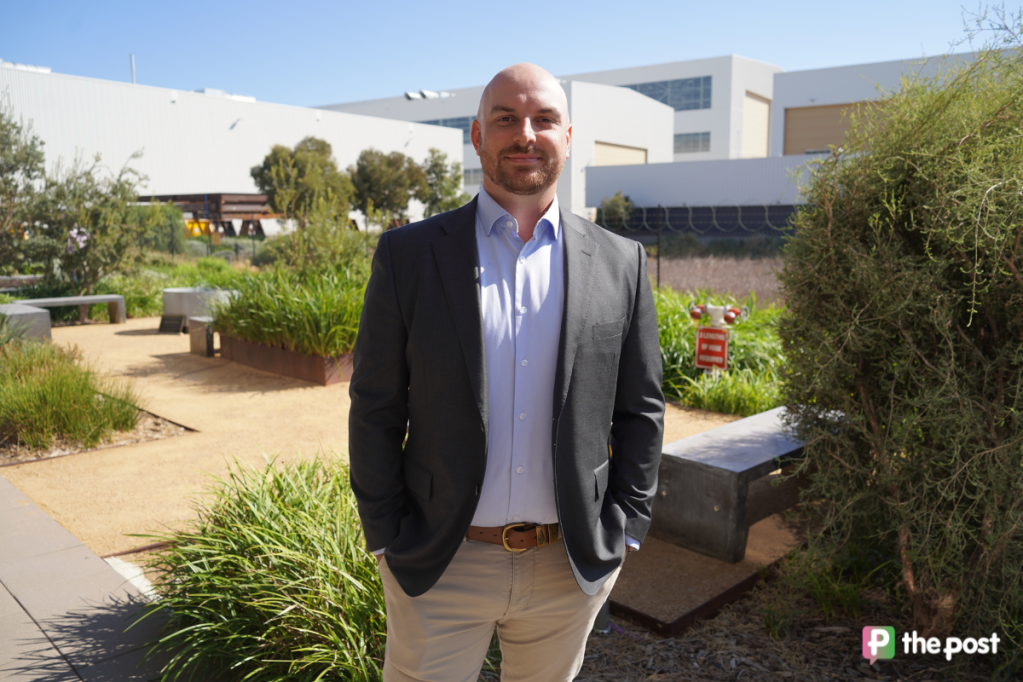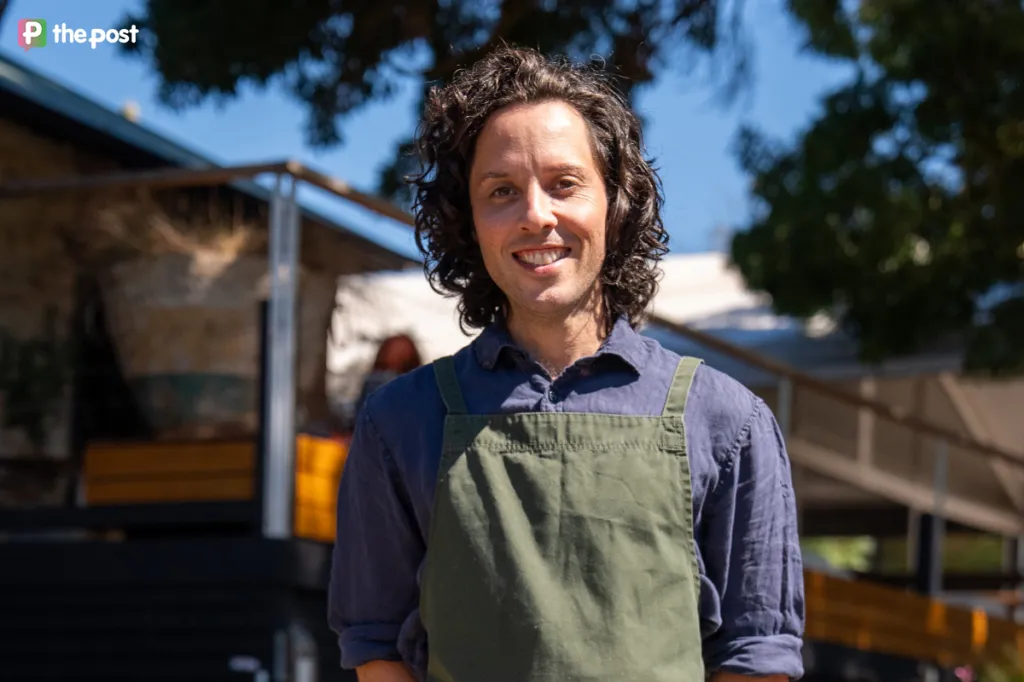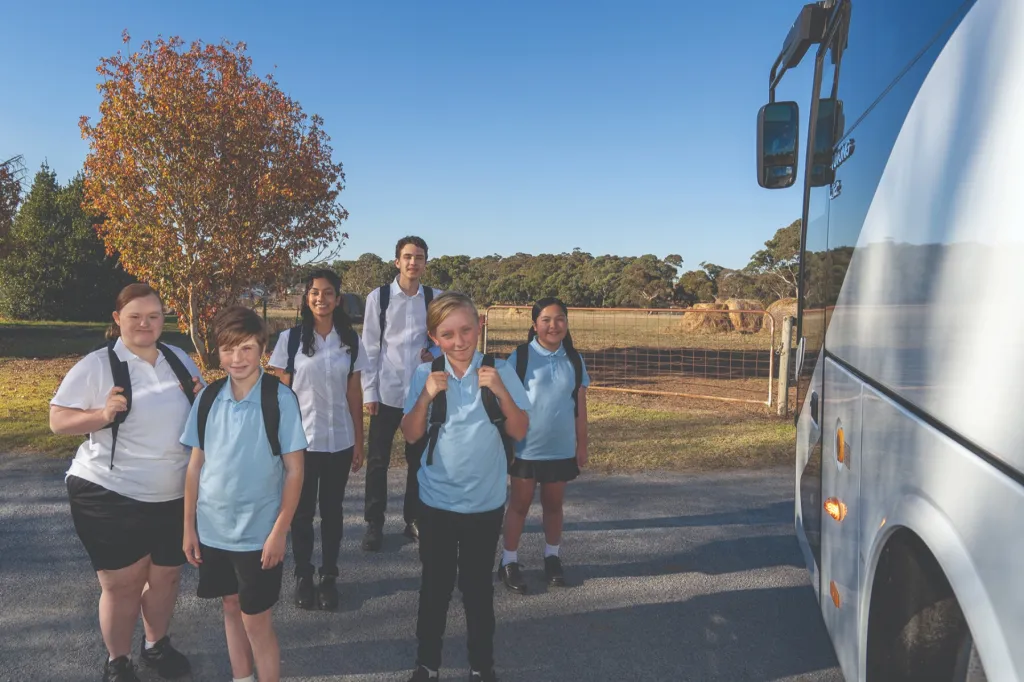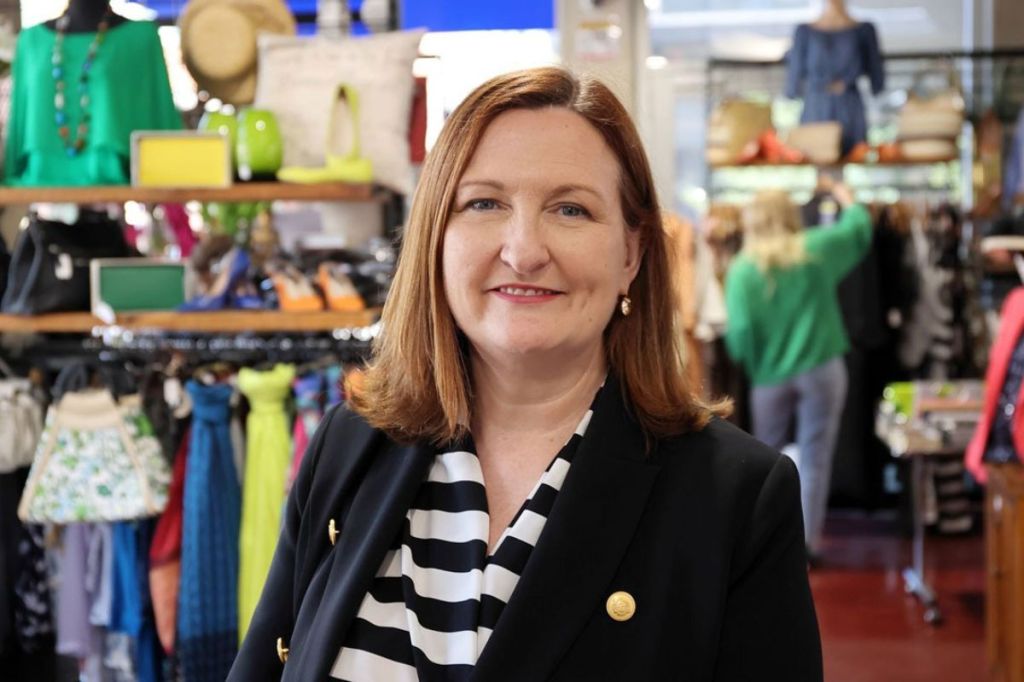New car and EV sales accelerate
Electric and hybrid cars made up 20 per cent of new vehicle sales in South Australia during a record first quarter of 2024, says the Motor Trade Association.
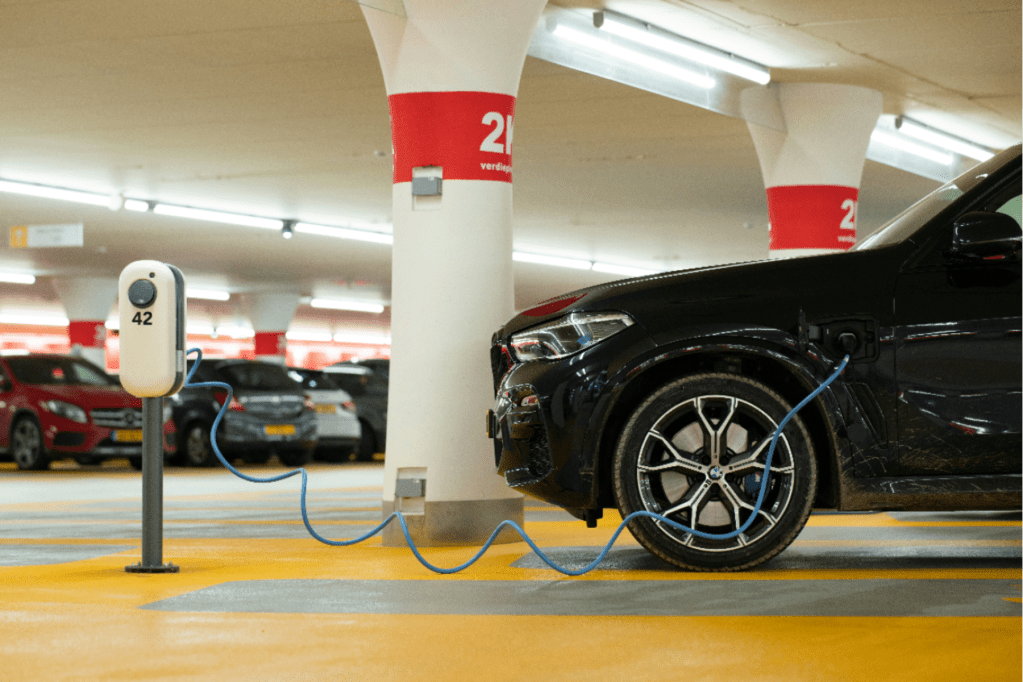
The MTA said on Friday that SA new vehicle sales for the first three months of 2024 were the highest on record, up 8.7 per cent from the first quarter of 2023.
The strong new vehicle sales come on the back of record state and national sales in 2023.
Zero and low emission vehicles made up 20 per cent of all new vehicles sold in SA during the first quarter, with electric vehicles making up 7.3 per cent of all new cars sold – a 75 per cent increase from EV sales in the first quarter of 2023.
The MTA said hybrid vehicle sales jumped by 71 per cent to comprise 11.8 per cent of all new vehicles sold, while plug in hybrids recorded a 178 per cent increase, making up 1.2 per cent of new car sales in the state.
But SUVs continue to rule the sales roost.
South Australia’s top selling vehicle for the first quarter was the Ford Ranger 4X4, with 932 driven away. The Toyota Hilux came second with 725 sales.
Mitsubishi’s Outlander was third at 653 sales, followed by Toyota’s RAV4 on 635 and Mazda’s CX-5 with 503.
MTA SA/NT CEO Darrell Jacobs said South Australians continue to “love and rely on their utes and 4X4” amid the increase in electric vehicle sales.
“This is reflected in the top five vehicles sold not having affordable battery electric alternatives readily available,” he said.
Stay informed, daily
Jacobs said the “diversity in consumer preferences” demonstrated that South Australia needs a “holistic and technology neutral approach to driving down vehicle emissions”.
The federal government last week tabled a revised New Vehicle Efficiency Standard (NVES) in Parliament, proposing changes to the emission standards in a Consultation Impact Analysis released by the Government in February.
The proposed changes were made as a response to submissions from the MTA and other associations after the analysis was released.
“The NVES will undoubtedly be an important part in driving manufacturers to bring more fuel efficient vehicles to Australia,” Jacobs said.
“But with upfront costs remaining a barrier to many consumers, we must continue to offer incentives on the hood if we want to bring everyone along for the ride.”


